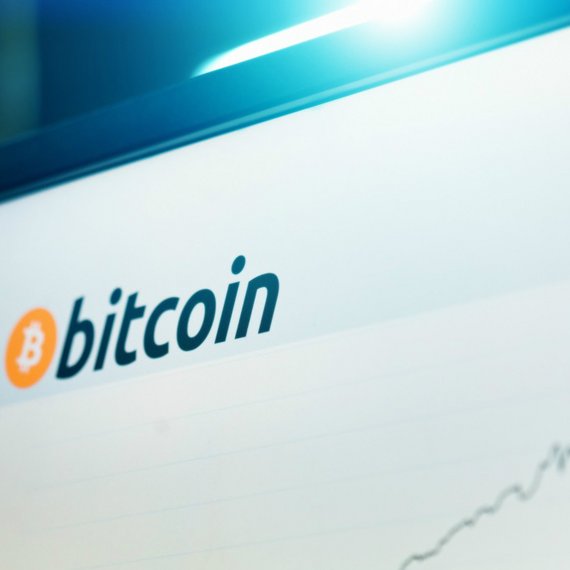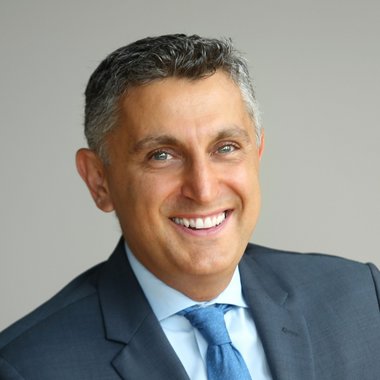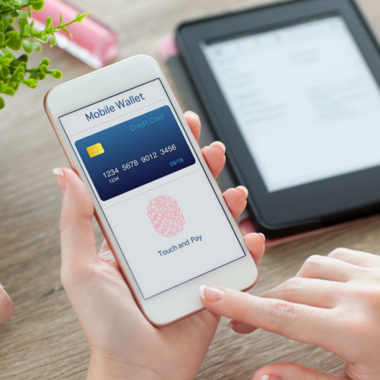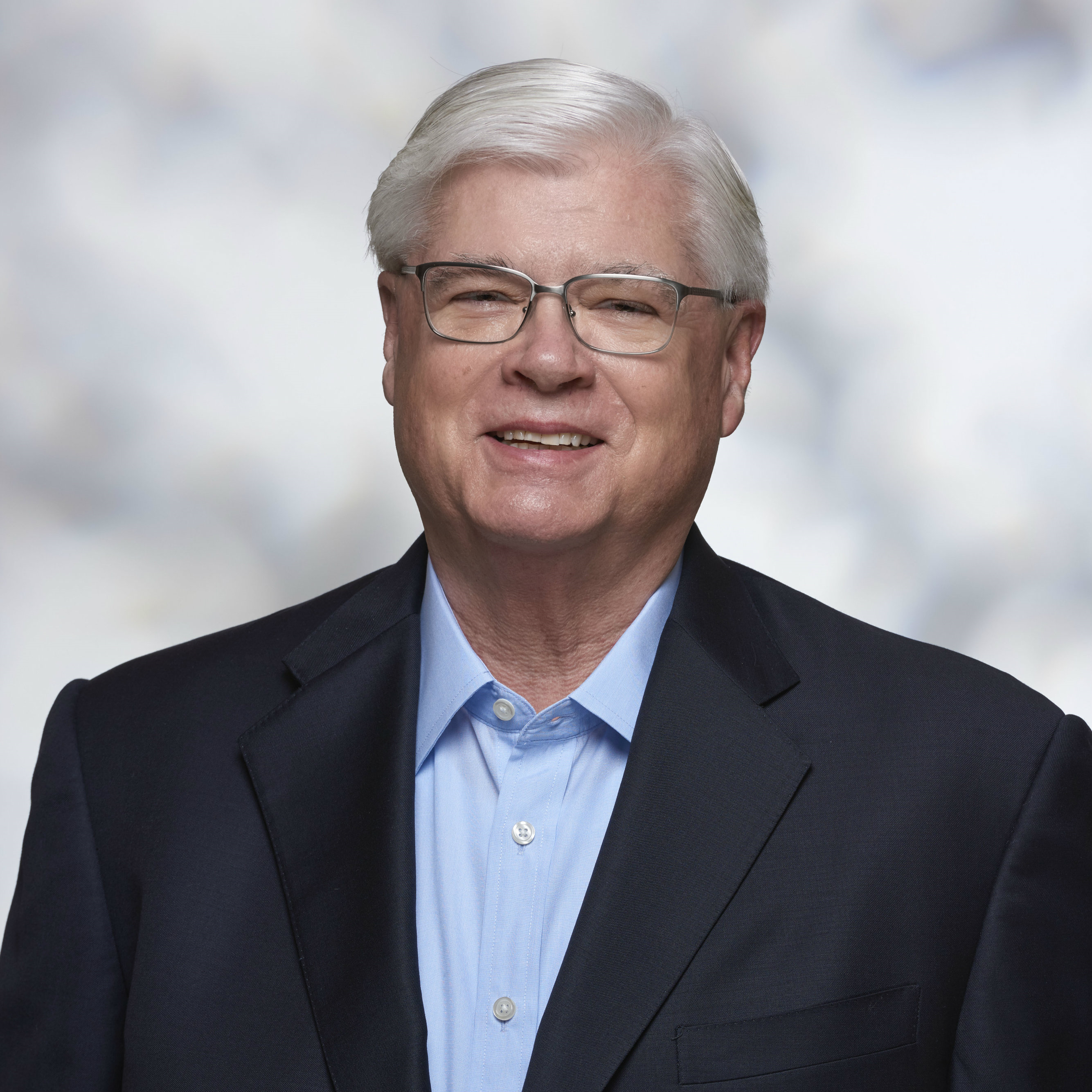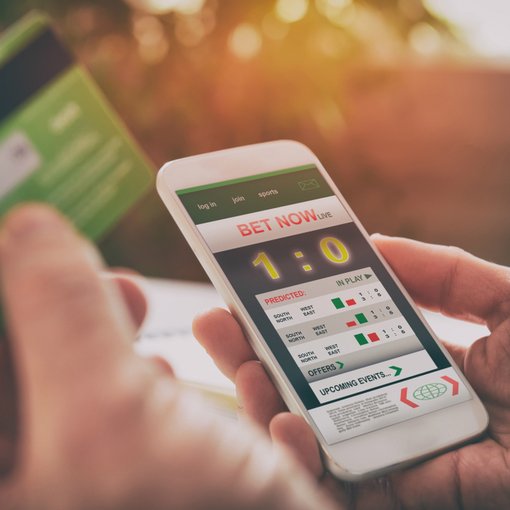
- Four minutes read
Embracing new regulation to achieve a competitive edge
Paysafe’s Chief Product Officer Daniel Kornitzer spoke to Totally Gaming about payment trends, challenges presented by new regulation, the rise of biometric payments, and the company’s goals for 2018
Totally Gaming: What are the key payments trends you’re expecting to see in 2018?
Daniel Kornitzer: In 2018 in general, I think we are going to see payments continue to become even more convenient and even more secure. At Paysafe we are continually looking at ways to improve the user experience. We aim for a combination of ease of use and security, to prevent things like identity theft and account takeovers.
The ways for us to deliver more value are to do with making the customer experience exceptional. It could mean broader acceptance of our payment methods, easier onboarding, using more sophisticated tools for login that have both the convenience and the security factor, faster deposits, faster payouts – all for an experience that goes the extra mile.
TG: What key challenges and opportunities do some of the new regulations, including General Data Protection Regulation (GDPR) and Payment Services Directive 2 (PSD2), present for the industry?
DK: The opportunities and the challenges presented by recent regulations coming into force are not limited to the gaming industry, they affect all business sectors. As with any regulation there are two approaches: the first is to endure it; the second is to embrace it. We always prefer to embrace it, because you can turn something like PSD2 and GDPR into an opportunity, and become a champion of it to give yourself a competitive edge.
If you look at PSD2, what does that mean for me as a consumer? Over time, it’s probably going to mean greater access to cheaper, more secure, and more innovative services – a very powerful combination. It will also mean more security because of strong customer authentication and more innovation because open banking creates a level playing field. More players are inevitably going to compete in the financial services industry as a result, and more competition typically breeds more innovation.
With the introduction of GDPR, the consumer gets to control how their data is used, what data is kept, and exercise the right to correct errors in their data. The legislation in terms of fines - €20 million or 4% of the turnover - gives companies a great motivation to enforce those data protection rules. There is a real opportunity for Paysafe to help companies in this area.
TG: Your research showed that 65% of consumers are open to the introduction of more secure payment processes such as two-factor authentication; how do you make sure that the process retains an effortless feel, particularly for the 2.1 billion smartphone users across the globe?
DK: Every time you do market research, it’s great to see what comes back against what you expected. That was published as part of our ‘Lost in Transaction’ report and I thought it was interesting – consumers are intimately aware of the dangers of fraud, especially things like identity fraud, account takeover. They have expressed a desire to go through extra steps in the interest of curtailing fraud.
If you compare the consumers’ answers to what the merchants thought, it reveals an interesting gap in perceptions. The merchants felt that if consumers were asked too many questions it would go the other way and put consumers off,, so they were afraid of putting in an extra layer of security. Whereas what consumers are actually saying is: “I’m willing to go through one extra step if it means I’m more protected.”
There is also a geographical or cultural aspect, Take 3D Secure, for example. In North America, if you apply that extra layer of verification, your conversion will go down, no question. In other places like Russia, conversion will actually increase with 3D Secure. Why? People will think “this merchant isn’t legitimate”. These examples tell us two things - that the verification process must match the customer expectation, and that consumers are more open to doing a little bit of extra work to enhance their own protection.
TG: Biometric payments take away the need for a consumer to carry cash, checks or credit cards; how prevalent will this become in the gaming industry in 2018?
DK: The big conundrum in the industry is the desire for convenience versus the need for security. The more hurdles you put in, the more secure you are, but you can make it painful for the consumer. Finding the right balance is therefore key. The best protection is often a combination of three things: something you know like a password, something you possess like a phone and something you are like a fingerprint. If you can combine the three, it can be almost fool proof.
Take for instance the consumer adoption of contactless payments. People love it for how easy it is, but because there is no biometry, there are limits. If you do it too many times or too quickly, you are prompted for a pin.
The next step is biometric payments, whereby instead of tapping your card you tap your phone and use fingerprint or facial recognition. This is the natural evolution of tap to pay. Biometry is going to play a great role in achieving that balance between security and convenience.
TG: What is Paysafe’s focus this year in the gaming space and beyond?
DK: Our focus is to continue to build exceptional value for consumers and merchants. That means improving mobile features, ease of onboarding, remittances and providing a more secure environment, for example through biometric payments. Paysafe’s Skrill and NETELLER digital wallets now use Touch ID for logins on their mobile apps.
We also want to expand geographically, expand merchant acceptance, show improved customer experience, and leverage all of the amazing assets that we have within our Paysafe family. As a company that came together through tremendous M&A and organic growth, we are always looking for new ways to use our assets to deliver exceptional value for both consumers and merchants.

